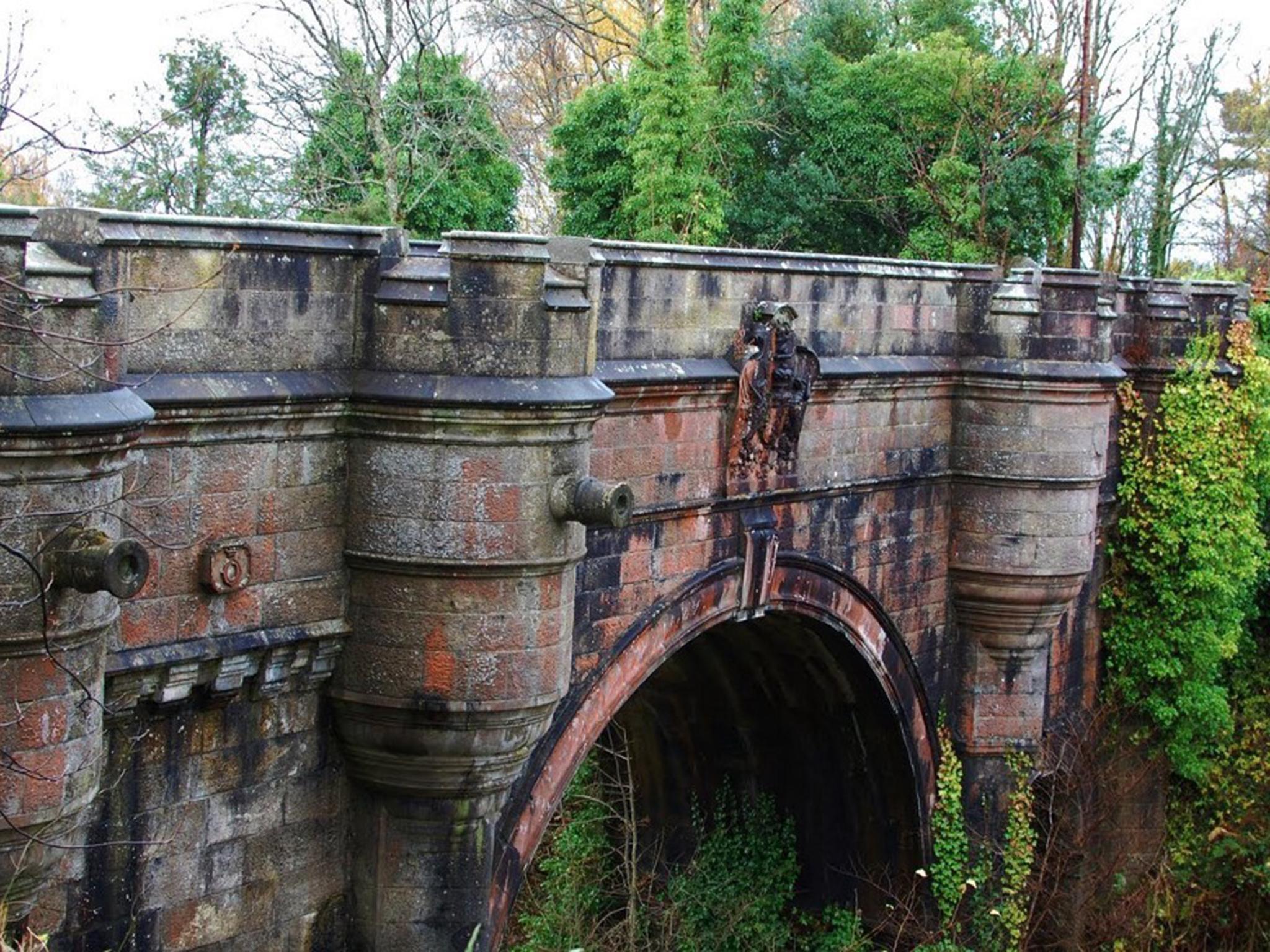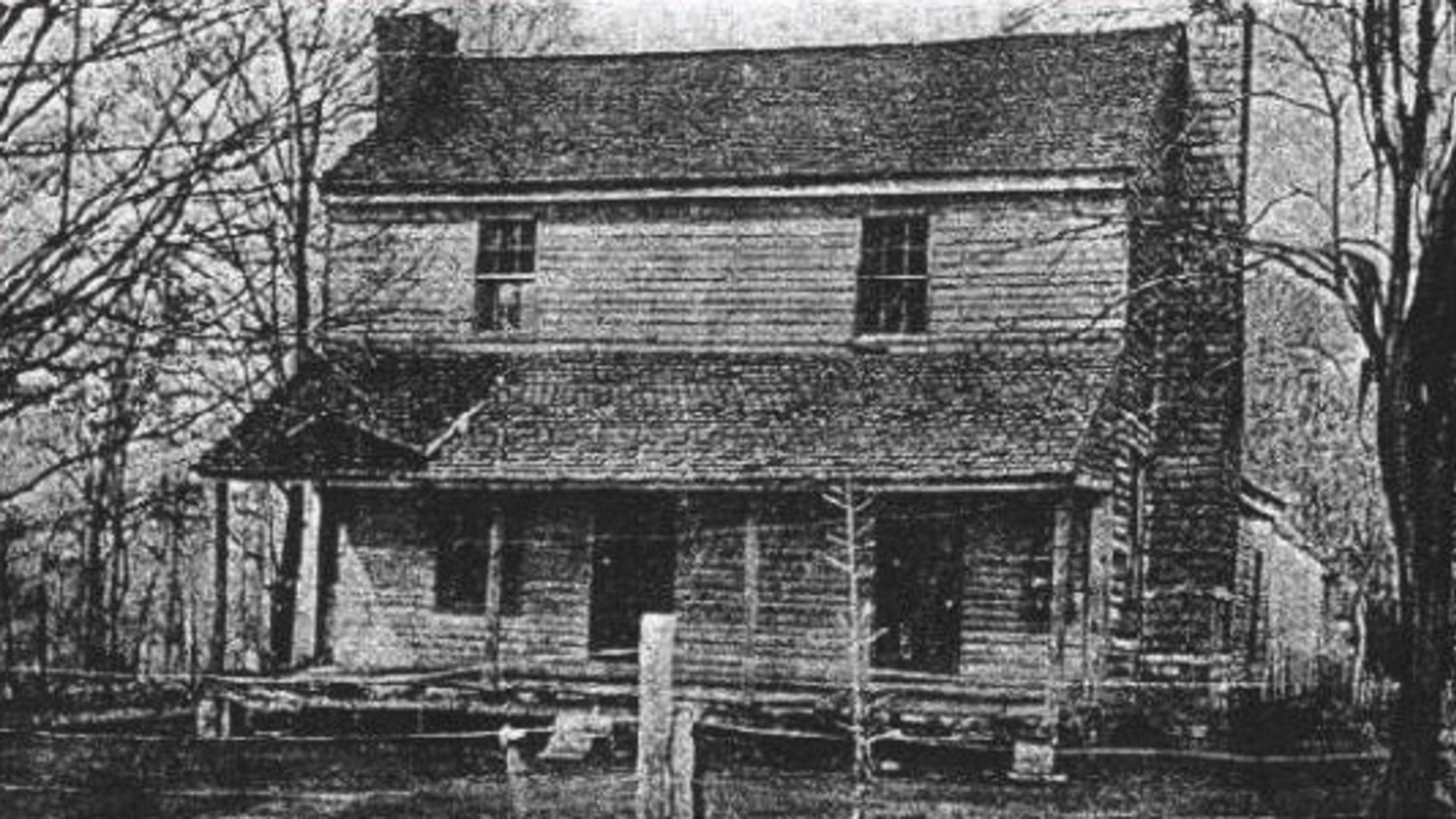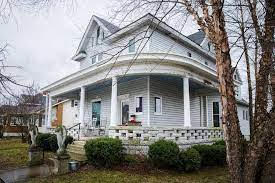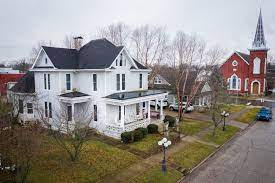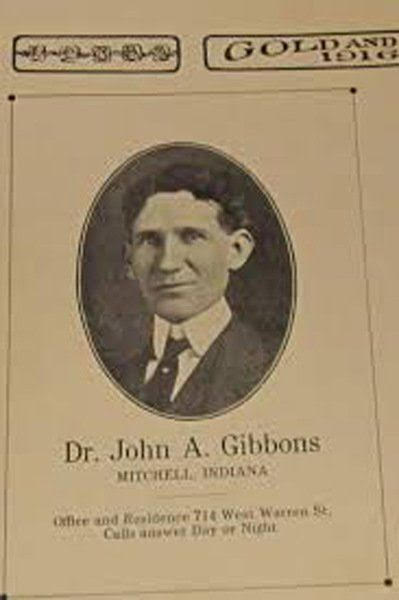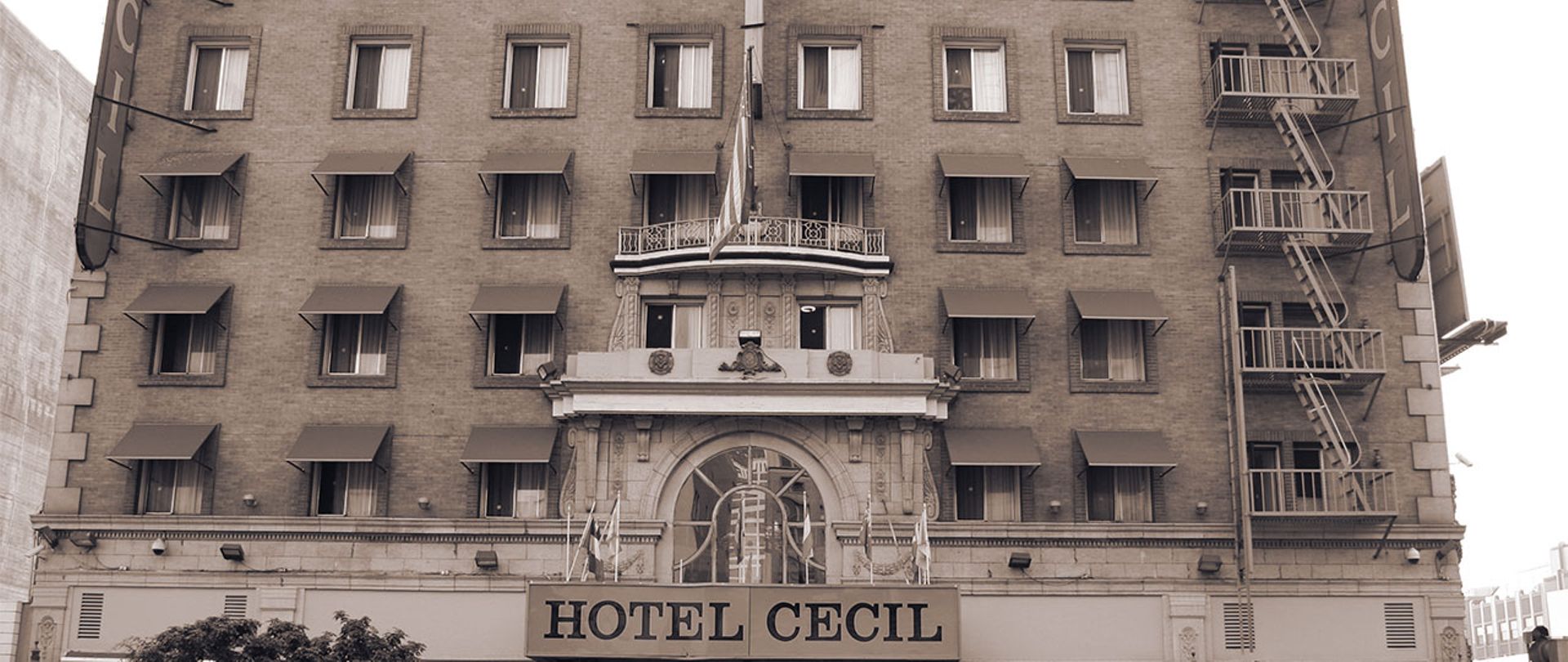The Bell Witch or Bell Witch Haunting is a legend from Southern United States folklore, centered on the 19th-century Bell family of northwest Robertson County, Tennessee. John Bell Sr., who made his living as a farmer, resided with his family along the Red River in an area currently near the town of Adams. According to legend, from 1817-1821, his family and the local area came under attack by a mostly invisible entity that was able to speak, affect the physical environment, and shapeshift. Some accounts record the spirit also to have been clairvoyant and capable of crossing long distances with superhuman speed (and/or of being in more than one place at a time).
In 1894, newspaper editor Martin V. Ingram published his Authenticated History of the Bell Witch. The book is widely regarded as the first full-length record of the legend and a primary source for subsequent treatments. The individuals recorded in the work were known historical personalities. In modern times, some skeptics have regarded Ingram’s efforts as a work of historical fiction or fraud. Other researchers consider Ingram’s work a nascent folklore study and an accurate reflection of belief in the region during the 19th century.
While not a fundamental element of the original recorded legend, the Bell Witch Cave in the 20th century became a source of continuing interest, belief, and generation of lore. Contemporary artistic interpretations such as in film and music have expanded the reach of the legend beyond the regional confines of the Southern United States.
An artist’s sketching of the Bell home, originally published in 1894 (shown below). In his book An Authenticated History of the Bell Witch, author Martin Van Buren Ingram published that the poltergeist’s name was Kate, after the entity claimed at one point to be “Old Kate Batts’ witch,” and continued to respond favorably to the name. The physical activity centered on the Bells’ youngest daughter, Betsy, and her father, and ‘Kate’ expressed particular displeasure when Betsy became engaged to a local named Joshua Gardner.
The haunting began sometime in 1817 when John Bell witnessed the apparition of a strange creature resembling a dog. Bell fired at the animal but it disappeared. John’s son Drew Bell approached an unknown bird perched on a fence that flew off and was of “extraordinary size.” The daughter Betsy observed a girl in green dress swinging from the limb of an oak tree. Dean, a slave of the Bell family, reported being followed by a large black dog on evenings he visited his wife. Activity moved to the Bell household with knocking heard along the door and walls. The family heard sounds of gnawing on the beds, invisible dogs fighting, and chains along the floor. About this time John Bell began experiencing paralysis in his mouth. The phenomena grew in intensity as sheets were pulled from beds when the children slept. Soon the entity pulled hair and scratched the children with particular emphasis on Betsy who was slapped, pinched and stuck with pins.
The Bells turned to a family friend James Johnston for help. After retiring for the evening at the Bell home, Johnston was awakened that night by the same phenomena. That morning he told John Bell it was a “spirit, just like in the Bible.” Soon word of the haunting spread with some traveling great distances to see the witch. The apparition began to speak out loud and was asked, “Who are you and what do you want?” and the voice answered feebly, “I am a spirit; I was once very happy but have been disturbed.” The spirit offered diverse explanations of why it had appeared, tying its origin to the disturbance of a Native American burial mound located on the property, and sent Drew Bell and Bennett Porter on an unproductive search for buried treasure. With the emergence of full conversations, the spirit repeated word for word two sermons given 13 miles apart at the same time. The entity was well acquainted with Biblical text and appeared to enjoy religious arguments. As another amusement, the witch shared gossip about activities in other households, and at times appeared to leave for brief moments to visit homes after an inquiry.
John Johnston, a son of James, devised a test for the witch, something no one outside his family would know, asking the entity what his Dutch step-grandmother in North Carolina would say to the slaves if she thought they did something wrong. The witch replied with his grandmother’s accent, “Hut tut, what has happened now?” In another account, an Englishman stopped to visit and offered to investigate. On remarking on his family overseas, the witch suddenly began to mimic his English parents. Again at early morning, the witch woke him to voices of his parents worried as they had heard his voice as well. The Englishman quickly left that morning and later wrote to the Bell family that the entity had visited his family in England. He apologized for his skepticism.
At times, the spirit displayed a form of kindness, especially towards Lucy, John Bell’s wife, “the most perfect woman to walk to earth.” The witch would give Lucy fresh fruit and sing hymns to her, and showed John Bell Jr. a measure of respect.
Referring to John Bell Sr. as “Old Jack,” the witch claimed she intended to kill him and signaled this intention through curses, threats and afflictions. The story climaxes with the Bell patriarch being poisoned by the witch. Afterward the entity interrupted the mourners by singing drinking songs. In 1821, as a result of the witch’s entreatment, Betsy Bell called off her engagement to Joshua Gardner. Subsequently, the entity told the family it was going to leave, but return in seven years in 1828. The witch returned on time to Lucy and her sons Richard and Joel with similar activities as before, but they chose not to encourage it, and the witch appeared to leave again.
Several accounts say that during his military career, Andrew Jackson was intrigued with the story and his men were frightened away after traveling to investigate. In an independent oral tradition recorded in the vicinity of Panola County, Mississippi, the witch was the ghost of an unpleasant overseer John Bell murdered in North Carolina. In this tradition, the spirit falls in love with the central character ‘Mary’, leading to her death.
In the manuscript attributed to Richard Williams Bell, he wrote that the spirit remained a mystery.
“Whether it was witchery, such as afflicted people in past centuries and the darker ages, whether some gifted fiend of hellish nature, practicing sorcery for selfish enjoyment, or some more modern science akin to that of mesmerism, or some hobgoblin native to the wilds of the country, or a disembodied soul shut out from heaven, or an evil spirit like those Paul drove out of the man into the swine, setting them mad; or a demon let loose from hell, I am unable to decide; nor has any one yet divined its nature or cause for appearing, and I trust this description of the monster in all forms and shapes, and of many tongues, will lead experts who may come with a wiser generation, to a correct conclusion and satisfactory explanation.”
— Williams Bell, An Authenticated History of the Bell Witch



